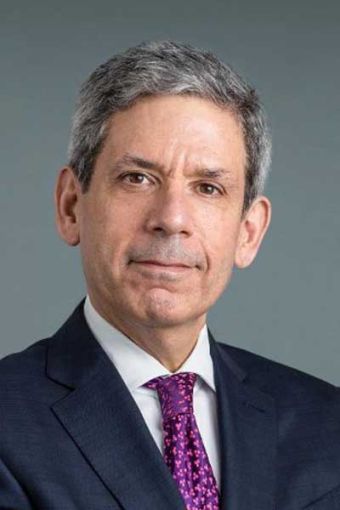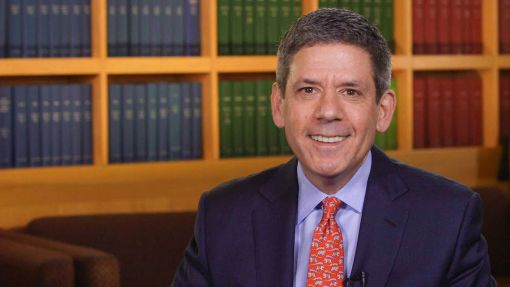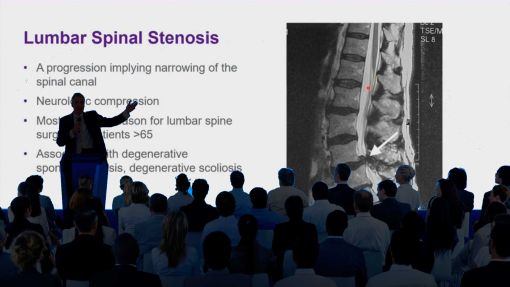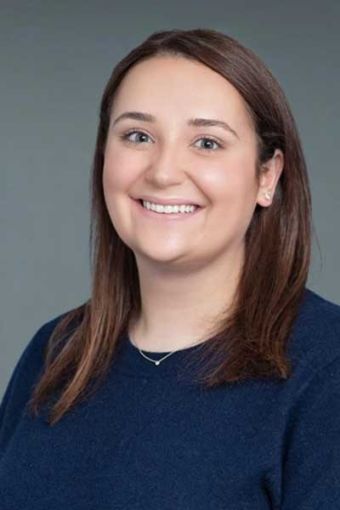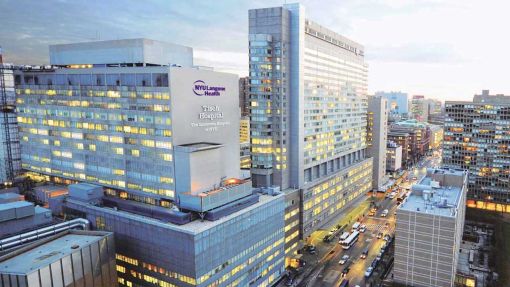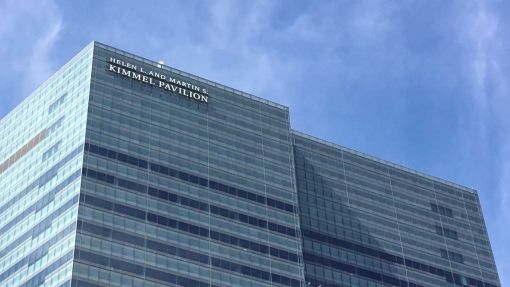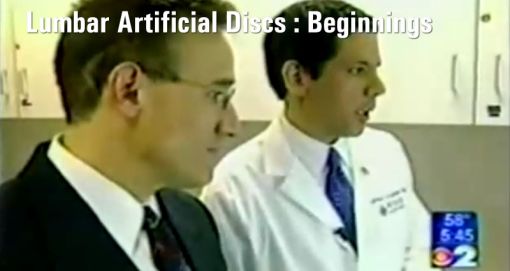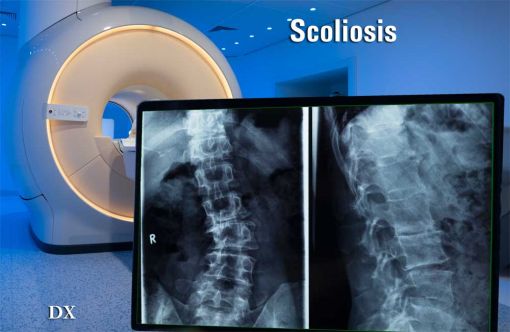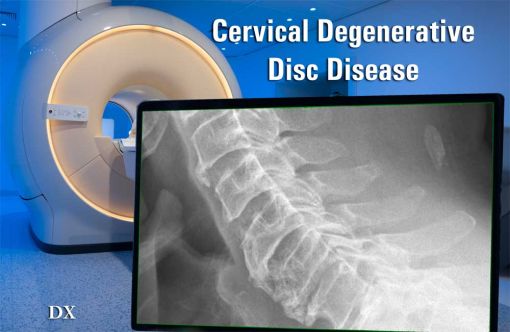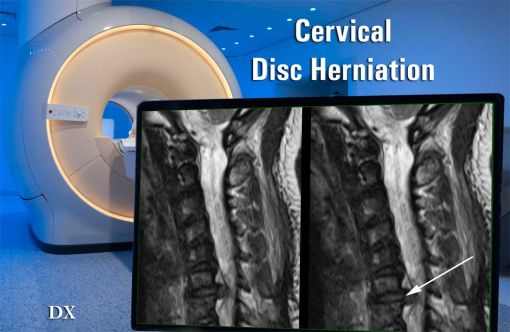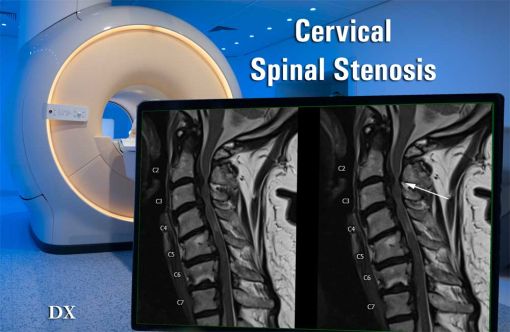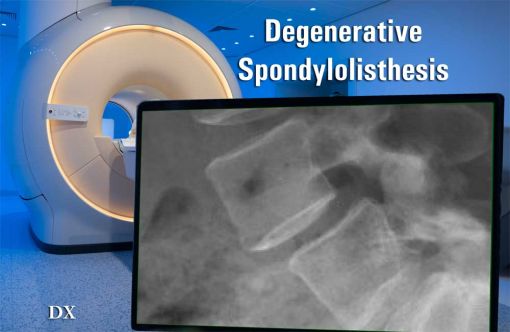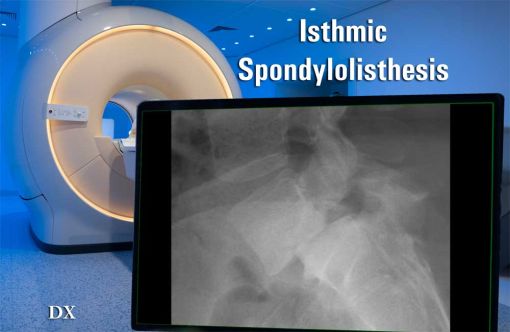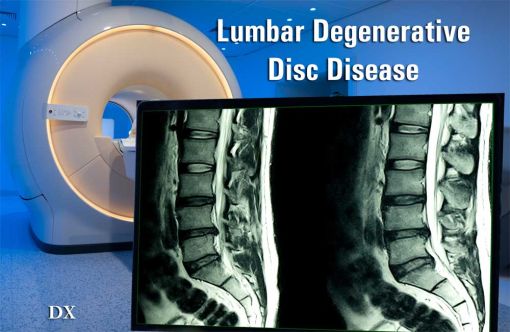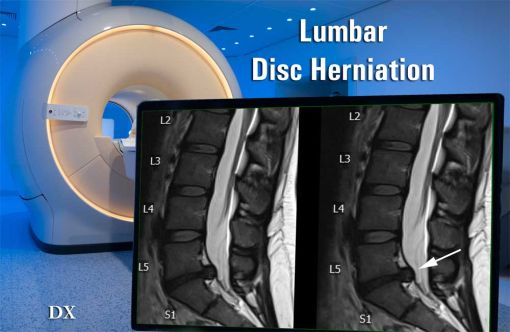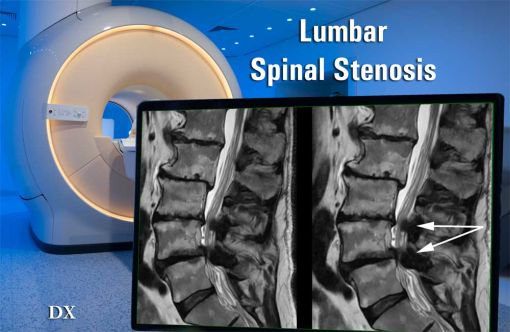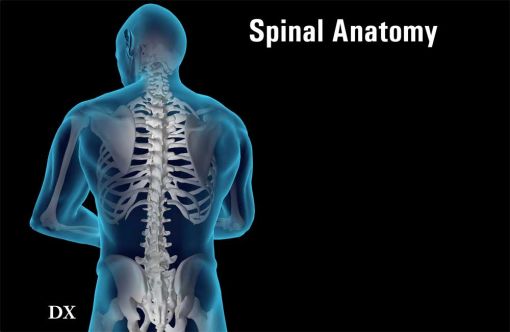Advanced Treatment Specialized Care
Minimally Invasive Spine Surgery
Spinal Surgery
New York City is home to the best and brightest of what America offers, and that includes the most advanced spine surgery available in the world today. New York spine specialist Dr. Jeffrey Goldstein's is an internationally recognized expert in the treatment of spinal disorders.

Dr. Goldstein's Story
Best Spine Doctor New York
Who is the best Spine Surgeon in New York? That's a tough question, but year after year, Dr. Jeffrey Goldstein has been repeatedly recognized by his peers as one of the Best Doctors in New York and as one of America's Top Doctors.
Jeffrey A. Goldstein, M.D., F.A.C.S.
Dr. Jeffrey Goldstein is a medical pioneer who stands at the forefront of cutting edge techniques and technologies that can better the lives of the thousands of back pain sufferers. His latest work, now in clinical trials, is complete lumbar (back) and cervical (neck) disc replacements. Dr. Goldstein has expertise in minimally invasive surgical techniques and spinal fusion as well.
Meet Dr. Goldstein Video
Dr. Goldstein is a pioneer in the field of spine surgery, with an expertise that includes degenerative diseases, deformity, trauma, tumors, and infections, as well as newer minimally invasive approaches and disc replacement. He is dedicated to learning and utilizing new and cutting edge techniques that better the lives of people with back pain.
Teaching and Research
Throughout his career, Dr. Goldstein has had a committment to teaching and the sharing of knowledge about spine surgery.
Contact Us
Phone numbers, addresses, directions, and contact form to reach Dr. Goldstein.
Surgery in New York
Learn more about traveling to New York for surgery or consultation with Dr. Goldstein.
In Media
Dr. Goldstein is a nationally recognized media personality in the world of spine surgery. In 2024, Dr. Goldstein has once again been recognized by his peers as one of America's Top Doctors. Dr. Goldstein was first so recognized by Castle Connolly more than 20 years ago.
Media Requests
Dr. Jeffrey Goldstein is a medical pioneer who is one of the most highly recognized physicians in New York and the United States East Coast. Dr. Goldstein is an Orthopedic Surgeon with advanced training in surgery of the spine. He is Director of the NYU Hospital for Joint Diseases Spine Service and Director of the NYU Hospital for Joint Diseases Spine Fellowship.
Chelsea Havelock, MSN, AGPCNP-BC
Chelsea Havelock, MSN, AGPCNP-BC comes with an extensive orthopedic and critical care background. Prior to becoming a nurse practitioner, Chelsea was a critical care nurse in a surgical-trauma ICU.
Traveling to New York For Spine Surgery
Accommodations
Accommodations for patients coming to New York for diagnosis or treatment with nationally recognized spine surgeon Jeffrey A. Goldstein, MD
Insurance
A discussion of medical insurance and how it relates to your consultation or surgery with Dr. Goldstein.
International Patients
A brief guide for international patients. New York is the "world's city". We're confident you'll be comfortable here.
NYU Langone Health
Consistently ranked as one of the top 10 hospitals in America in the top categories and specialties.
NYU Tisch Hospital
Dr. Goldstein performs surgery at the advanced Tisch Hospital facility. It is one of the top ranked surgical hospitals in America.
Kimmel Pavilion
The Kimmel Pavilion is a key part of NYU Langone Healthcare; it is a testament to the power of innovation and the relentless pursuit of excellence.
Lumbar Artificial Discs Breakthrough
From 2002. CBS News reaches out to Dr. Goldstein to discuss the breakthrough technology of lumbar arthroplasty.
Conditions Treated
Adult Scoliosis
Scoliosis, or curvature of the spine, is a condition many people associate only with adolescents. But adults can have scoliosis as well. Adult scoliosis is defined as abnormal curvature of the spine in a patient over the age of 18. This may result from a childhood curvature that was left untreated and has progressed. If scoliosis occurs in an adult with no history of a childhood curvature, it is classified as adult degenerative (de novo) scoliosis.
Cervical Degenerative Disc Disease
As we age, our cervical vertebral discs, which serve as shock absorbers for the spine, gradually dry out, affecting their strength and resiliency. This can lead to degenerative disc disease (DDD). DDD of the cervical spine is a relatively common condition for aging adults.
Cervical Disc Herniation
Cervical Disc Herniation is a common condition. Discs, which act as shock absorbers for the spine, are located in between each of the vertebrae in the spine. Each disc contains a tire-like outer band (called the annulus fibrosus) that surrounds a gel-like substance (called the nucleus pulposus).
Cervical Stenosis
Cervical Stenosis is a common cause of neck pain, especially in older patients. Cervical stenosis is a narrowing of the spinal canal in the neck area or upper part of the spine. This narrowing places pressure or otherwise compresses the spinal cord.
Degenerative Spondylolisthesis
Spondylolisthesis is a spinal condition in which one vertebra slips forward over the vertebra below. Degenerative spondylolisthesis, usually occurs in the lumbar spine, especially at L4-L5. It is the result of degenerative changes in the vertebral structure that cause the joints between the vertebrae to slip forward. This type of spondylolisthesis is most common among older female patients, usually those over the age of 60.
Isthmic Spondylolisthesis
Isthmic Spondylolisthesis is a condition of spinal instability, in which one vertebra slips forward over the vertebra below. Isthmic spondylolisthesis, the most common form of this condition, is caused by a bony defect (or fracture) in an area of the pars interarticularis, an area located in the roof (laminae) of the vertebral structure.
Lumbar Degenerative Disc Disease
Degenerative disc disease (DDD) of the lumbar spine is a relatively common condition in aging adults. Our intervertebral discs serve as shock absorbers for the spine, and as we age they gradually dry out, losing strength and resiliency.
Lumbar Disc Herniation
Most patients have heard the phrase "slipped disc", "ruptured disc" or "disc popped out". While these are certainly descriptive terms, they can be somewhat misleading. What these terms are referring to is a disc herniation. Disc herniations are common, especially in the low back (i.e. lumbar spine), and this is a condition which Dr. Goldstein treats regularly.
Lumbar Stenosis
Lumbar stenosis is a narrowing of the spinal canal in the lower part of the spine. This narrowing places pressure on the spinal cord and/or nerves. While some patients are born with this narrowing, most cases of lumbar stenosis occur in patients over the age of 50 and are the result of aging and "wear and tear" on the spine.
Spinal Anatomy
A basic understanding of the spine's anatomy and its functions is extremely important for patients with spinal disorders. This article provides a straightforward overview of the spine's remarkable and complex anatomy. It begins by providing a "big picture" of the functions of the spine, its regions, and major curves. Detailed information on specific anatomic elements such as vertebral structures, intervertebral discs, the spinal cord and nerve roots, joints, muscles and ligaments.

